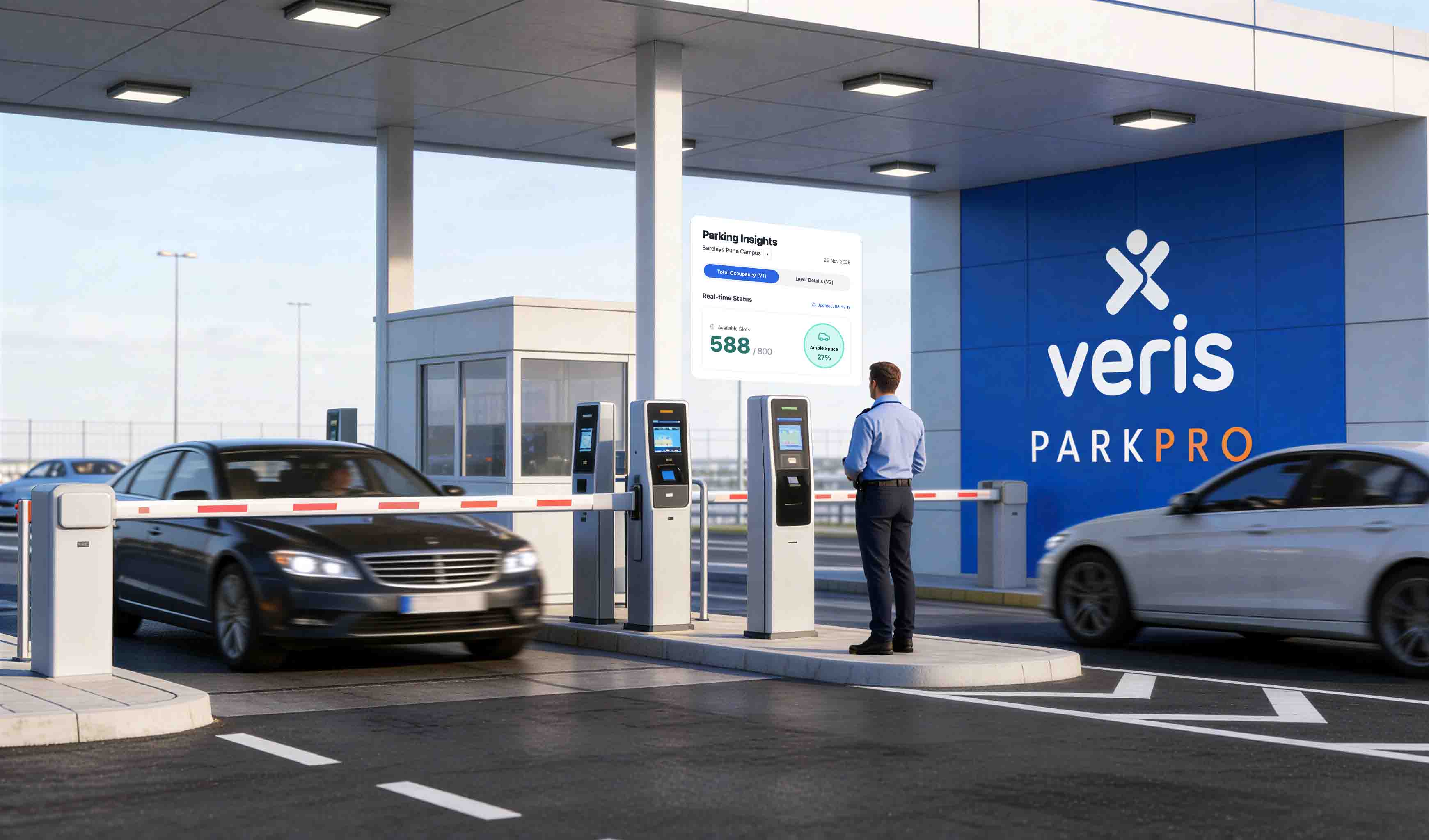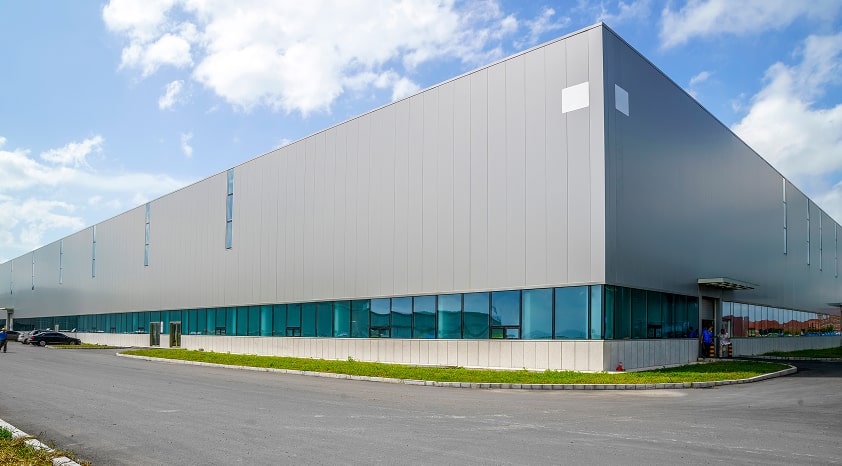So, what is a digital twin?
Digital twins emerge as electronic doppelgangers, virtual representations mirroring physical entities in real time. For the workplace, this virtual model translates into virtual reality with replicas shaping the status and actions of spaces, physical objects and assets, and even employees.
Why do you need digital twins at work?
Digital twins are a game-changer for workplace management. They provide dynamic insights, facilitate data-driven decisions, and offer a holistic view of how spaces, assets, and employees interact, leading to enhanced efficiency and productivity.
.avif)
The four types of digital twins
- Component Twins: The tiniest digital replica of equipment parts like sensors or valves.
- Asset Twins: Combinations of component twins forming intricate entities like engines or buildings.
- System Twins: They duplicate assets on the system level. It is a good digital representation of how different assets combine into functional units. They are also called unit twins.
- Process Digital Twins: The highest level of the digital twin that links system twins into one entity, enabling a deeper output analysis.
The role of digital twins in workplace management
1. Efficient space utilization
A) Dynamic space optimization: Digital asset twins provide real-time insights into space usage, allowing organizations to create digital models of twins to gather data and to optimize floor layouts and ensure spaces are utilized efficiently.
B) Occupancy monitoring: Continuous monitoring helps maintain an ideal balance—preventing underutilization or overcrowding by setting occupancy thresholds.
2. Resource management
A) Real-time digital twin concept use for resource allocation: Leverage the digital twin concept to monitor and allocate resources and physical assets, such as office equipment, meeting rooms, and amenities in real-time, enhancing overall resource efficiency.
B) Predictive maintenance: Anticipate equipment failures by analyzing data from digital asset twins, allowing for proactive maintenance and minimizing downtime.
3. Enhanced employee experiences
A) Tailored work environments: Understand how employees interact with their physical surroundings through digital twins, or virtual models of physical objects, enabling the creation of personalized workspaces that contribute to job satisfaction.

B) Environmental optimization: Adjust lighting, temperature, and other environmental quality control factors based on real-time feedback from digital twins to enhance overall employee well-being.
Read this blog to understand the impact of engaging all 5 employees' senses at your office.
.avif)
4. Data-driven decision making
A) Optimized decision-making: Harness the wealth of real-time data provided by smart cities, artificial intelligence, and digital twins to make informed decisions, whether it's about space planning, resource allocation, or enhancing workplace experiences.
B) Strategic planning: Use concrete insights and operational data to align workplace strategies with organizational goals, fostering a proactive approach to challenges and opportunities.
5. Proactive issue resolution
A) Early issue detection: Detect potential issues in the workplace, such as maintenance requirements or overcrowded areas, before they escalate, allowing for timely interventions.
B) Improved crisis management: With these types of digital twins, providing a comprehensive view, organizations can better prepare for and respond to unexpected events or crises within the workplace.

How do digital twins improve the employee experience?
1. Monitoring and assessing employee skills
Continuous skill assessment
A) Real-time evaluation: Digital twins facilitate the continuous evaluation of employee skills in real-time, providing an up-to-the-minute understanding of individual capabilities.
B) Objective metrics: Utilizing real-world, quantifiable data, using various types of digital twins to eliminate subjective biases, and offering an objective assessment of skills crucial for precise workforce development strategies.
C) Dynamic skill profiles: Employee skills are dynamically updated, creating evolving skill profiles that accurately reflect their current competencies.
Skill gap identification
A) Data-driven gap analysis: Leveraging data science and analytics, digital system twins perform comprehensive gap analyses, pinpointing the disparity between system twins' existing skills and the skills required for optimal performance of the system twin.
B) Individualized reports: Employees receive individualized reports highlighting specific skill gaps, allowing for targeted and efficient skill development initiatives.
2. Customized training programs
Tailored learning paths
A) Individual performance data: Digital twins utilize performance data from continuous assessments to craft personalized learning paths for each employee.
B) Adaptable virtual digital twin prototype modules: As employees progress, digital virtual twins can adapt training modules dynamically, ensuring relevance to their evolving skill sets.
C) Efficient resource allocation: By tailoring training to individual needs, organizations optimize resource allocation, focusing on areas that yield the highest impact.
Adaptive learning
A) Learning style analysis: Digital twins analyze individual learning styles, considering factors such as preferred formats, pace, and interactivity.
B) Dynamic content delivery within digital model: Leveraging learning style data, adaptive learning platforms within digital twins dynamically adjust content delivery methods, enhancing overall engagement and comprehension of digital models.
C) Iterative improvement: Continuous analysis of machine learning outcomes allows for iterative improvements in training programs, creating a cycle of enhanced effectiveness.
Concluding with the gifts of implementing digital twins at your workplace
Are you still not convinced about implementing these types of digital virtual twins, at your workplace? We come bearing good news (and a stat!). First, the use of digital twins is not in its infancy, and we have data to support this claim!

Digital twins help achieve a more agile workforce. How? By providing real-time insights through continuous skill assessments. Tailoring training programs based on individual performance data optimizes resource allocation, enhancing the precision of skill development initiatives.
The adaptive learning strategies enabled by digital twins, accommodating individual learning styles, contribute to a more engaged and proficient workforce. Beyond immediate advantages, strategic workforce planning facilitated by digital twins anticipates future skill needs, aligning organizational goals with workforce capabilities.
Moreover, early issue detection and improved crisis management capabilities ensure that the workforce is agile and resilient in the face of unforeseen challenges. They also increase employee engagement by personalization.
By employing digital twins, organizations gain the ability to evaluate employees dynamically, providing up-to-the-minute insights into their capabilities. This real-time evaluation, backed by objective metrics, eliminates subjective biases, offering an accurate and comprehensive understanding of each employee's skill set.





































.avif)
.avif)





